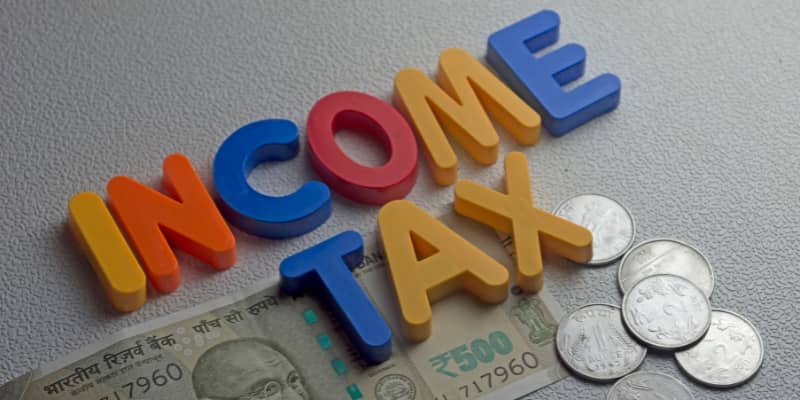In this blog post, we will walk you through the steps you need to take to ensure that you comply with Maryland state tax laws and pay your taxes on time and correctly. Whether you are a first-time filer or have been filing for years, this guide will provide you with all the information you need to know. So, let’s get started!
You must determine your tax liability before you can pay your Maryland state income tax. Tax liability is the amount of tax you are legally required to pay to the state of Maryland.
To determine your tax liability, you will need to gather all of your income documentation, including:
Once you have your income documentation, you can use Maryland’s tax tables or software to calculate your tax liability. Maryland uses a progressive income tax system, which means that higher-income earners pay a higher percentage of their income in taxes.
It is important to note that Maryland also allows for deductions and credits that can lower your tax liability. Some standard deductions and credits for Maryland residents include:
After calculating your tax liability, you must file your Maryland state income tax return and pay any taxes owed by many (or the next business day if that date falls on a weekend or holiday). You can file your tax return electronically using Maryland’s online tax portal or mail a paper return to the Maryland Comptroller’s office.
Suppose you can only pay part of your tax liability by the due date. In that case, contacting the Maryland Comptroller’s office as soon as possible is essential to arrange a payment plan or discuss other options. Failure to pay your taxes on time can result in penalties and interest charges that can add up quickly.
Maryland offers taxpayers several electronic payment options for paying state income taxes. These options include Electronic Funds Transfer (EFT), credit/debit card payments, and the Maryland Income Tax Refund Debit Card.
Electronic Funds Transfer (EFT) allows taxpayers to transfer funds directly from their bank account to the Maryland Comptroller’s office. EFT is a secure and convenient way to pay taxes, eliminating the need to write and mail a check. To use EFT, taxpayers must set up an account with the Maryland Comptroller’s office and provide their bank account information.
Credit/debit card payments are also accepted for Maryland state income tax payments. The state has partnered with a payment processor to accept credit and debit card payments online, by phone, or in person at their office locations. A convenience fee for using this option is a percentage of the tax amount being paid.
For taxpayers who are due a refund, the Maryland Income Tax Refund Debit Card is an option to receive their refund electronically. The debit card can be used at ATMs and for purchases wherever Mastercard is accepted, and there are no fees for using this option.
It is important to note that electronic payments must be made by the tax filing deadline of many (or the next business day if it falls on a weekend or holiday) to avoid penalties and interest charges. Electronic payment options provide a secure and convenient way to pay Maryland state income taxes, and taxpayers should consider these options when submitting their tax payments.
While electronic payment options for Maryland state income taxes are convenient, some taxpayers prefer to pay by mail using a check or money order. To pay by mail, taxpayers should write a personal or cashier’s check or money order payable to the “Comptroller of Maryland” and include their Social Security number or tax identification number and tax year on the memo line.
Taxpayers should then mail the payment and payment voucher, which is included with the paper tax return, to the address listed on the voucher. It is important to note that the payment must be postmarked by the tax filing deadline of many (or the next business day if it falls on a weekend or holiday) to avoid penalties and interest charges.
Taxpayers who do not have a payment voucher can download one from the Maryland Comptroller’s website. Including a printed copy of the tax return with the payment is also recommended.
While paying by mail may be slower than electronic payment options, it is still a secure method of paying Maryland state income taxes. Taxpayers should always confirm the correct mailing address and payment instructions on the Maryland Comptroller’s website to ensure the timely processing of their payments.
Several options are available for taxpayers who prefer to pay their Maryland state income tax in person. The easiest and quickest option is to visit one of the payment locations listed on the Maryland Comptroller’s website.
Taxpayers can pay their taxes using cash, check, or money order at any payment location. They should bring a copy of their tax return or payment voucher when they visit the place. It is also important to note that payment locations may have limited hours and be unavailable on weekends or holidays.
Another option is to pay in person at one of the Comptroller’s branch offices. Taxpayers can make payments using cash, check, money order, or credit/debit cards at these offices. However, there is a convenience fee for using a credit or debit card.
To pay in person at a branch office, taxpayers should visit the Comptroller’s website to find the nearest location and bring a copy of their tax return or payment voucher. It is also recommended to check the hours and availability before visiting.
Overall, paying Maryland state income tax in person is a safe and secure option for taxpayers who prefer to use something other than electronic payment methods or deliver by mail. It is essential to bring the necessary documentation and check the hours and availability before visiting a payment location or branch office.


